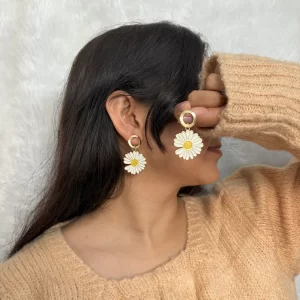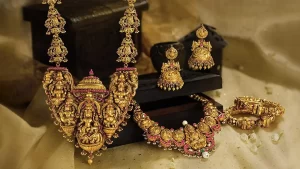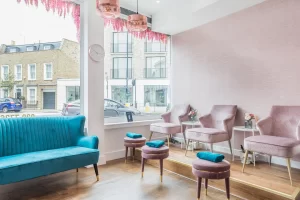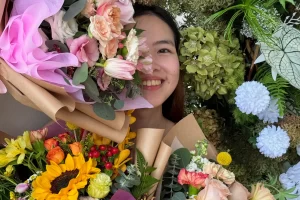
Infant clothing trends are constantly changing. They can move from simple and plain to bold designs, exquisite material quality, and intricate details. But one trend that has remained popular is the japanese inspired babywear kimono-like garments that have either straps or sleeves over a small dress made of soft fabric with small patterns. This style is always in high demand around the world.
The Baby’s Clothing
The main consideration when choosing clothing for a baby is that it must be soft and breathable. With this in mind, baby clothes can be made of cotton, flannel, or any other soft material. The outer fabric should not be too thick or too thin, as it can cause an infant to get overheated. Likewise, the child’s inner clothing should also not be too thick or too thin.
Another important feature of baby clothes is that the child must feel comfortable in his/her clothes. For example, if an infant constantly tries to pull out of a diaper, it may need to change size to ensure that he/she is comfortable and secure in them.

The Sewing
There are different types of sewing techniques to add simple embellishments and make clothing unique. The techniques used in japanese style babywear are:
- Stitching the sleeves and torso separately from the dress so that it is easier to put on the baby. To do this, sew a small collar at the bottom of the torso part of the garment, as well as whipping stitches for comfort along the top edge. Put in a buttonhole at the end of these stitches for further convenience when putting on your child. After sewing both parts together, add details such as flowers or other decorative pieces where you see fit.
- Making snap buttons out of felt. These are also easy to sew, and very quick to apply since you do not have to iron them first.
- Adding buttons in the middle of the body for a more elegant look. One way of doing this is sewing the inside collar to both sides of the front piece, and threading the button through these threads. Put the button on and sew or press the two halves together with a few stitches along its length. This will form a button loop, leaving it open up to be used as a button. For example, this is done when making a long-sleeved dress with an inner collar.






